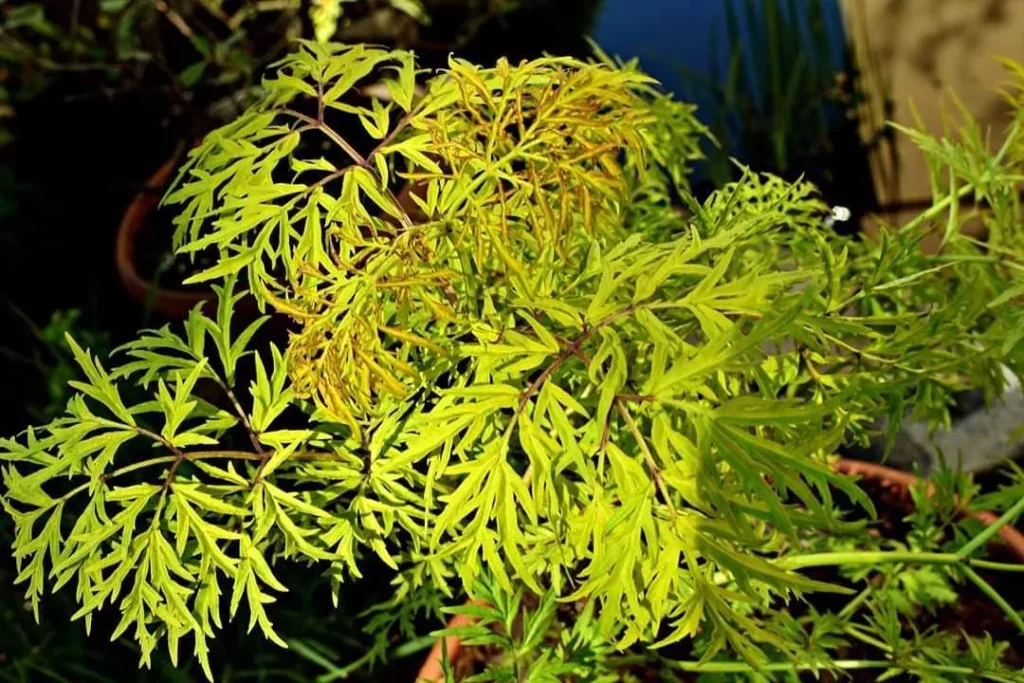
FAQs About Cyperus Alternifolius
As a plant enthusiast, I’ve had my share of experiences with Cyperus Alternifolius, commonly known as the umbrella papyrus. This versatile plant is popular for its striking appearance and easy care, but there are some frequently asked questions that often come up. Here’s what I’ve learned from growing and managing this plant.
957 Species in Genus Cyperus
Is Cyperus Alternifolius Toxic?
A common concern for pet owners is whether Cyperus Alternifolius is toxic. I’ve found that this plant is non-toxic to both dogs and cats. While it’s always best to discourage pets from chewing on plants, Cyperus Alternifolius does not pose a significant threat if ingested. For peace of mind, keeping plants out of reach of pets is a good practice.
How to Grow Cyperus Alternifolius from Seed?
Growing Cyperus Alternifolius from seed can be a rewarding experience. I’ve tried this and found the process to be straightforward. Here’s a step-by-step guide:
- Preparation: Start with fresh seeds. Soak them in water for 24 hours before planting to improve germination rates.
- Planting: Fill a seed tray with a mixture of potting soil and perlite. Scatter the seeds on the surface and lightly press them into the soil. Cover with a thin layer of soil.
- Watering: Keep the soil consistently moist but not waterlogged. Cyperus Alternifolius prefers high humidity.
- Temperature: Place the tray in a warm location with temperatures around 70°F (21°C). Germination typically takes 2-4 weeks.
- Transplanting: Once seedlings are large enough to handle, transplant them into individual pots or directly into your garden.
How to Propagate Cyperus Alternifolius?
Propagation of Cyperus Alternifolius is quite simple and can be done through division or cuttings. Here’s how I usually do it:
- Division: This method works well for established plants. Remove the plant from its pot and gently separate the clumps, ensuring each section has roots. Replant in new pots or garden beds.
- Cuttings: Take stem cuttings about 4-6 inches long and remove the lower leaves. Dip the cut end in rooting hormone and plant in a pot with moist soil. Keep in a warm, bright spot, and roots should form in a few weeks.
How to Get Rid of Cyperus Alternifolius?
If you need to remove Cyperus Alternifolius from your garden or home, follow these steps:
- Manual Removal: For small infestations, manually pulling out the plant can be effective. Make sure to remove all roots to prevent regrowth.
- Herbicides: For larger areas, you might consider using an herbicide. Choose one that is suitable for aquatic plants, as Cyperus Alternifolius often thrives in wet conditions. Always follow the manufacturer’s instructions for safe use.
Common Problems with Cyperus Alternifolius
Despite its hardy nature, Cyperus Alternifolius can face a few common issues:
- Pests: Watch out for aphids and spider mites. Regularly inspect the plant and use insecticidal soap if needed.
- Overwatering: While Cyperus Alternifolius loves moisture, ensure it’s not sitting in stagnant water, which can lead to root rot.
- Low Light: Though it can tolerate low light, the plant thrives in bright, indirect light. Adjust light conditions if the plant seems to struggle.
Benefits of Cyperus Alternifolius
One of the main benefits of Cyperus Alternifolius is its aesthetic appeal. Its unique, umbrella-like foliage adds a touch of tropical flair to any setting. Additionally, it’s a low-maintenance plant that can thrive in a variety of conditions, making it a great choice for both indoor and outdoor spaces.
Can You Grow Cyperus Alternifolius Indoors?
Absolutely! Cyperus Alternifolius is well-suited for indoor environments. It does well in bright, indirect light and enjoys high humidity. It can also be placed in water trays or humid rooms to mimic its natural habitat.
Compare with Similar Plants
Cyperus Alternifolius is often compared with other water-loving plants like the papyrus (Cyperus papyrus) or the umbrella papyrus. While they share similarities, Cyperus Alternifolius tends to have a more compact growth habit compared to the taller Cyperus papyrus.
In summary, Cyperus Alternifolius is a fantastic plant with numerous benefits and relatively few issues. Whether you’re looking to grow it from seed, propagate, or manage it, understanding these key points will help you keep this plant thriving.
If i die, water my plants!



